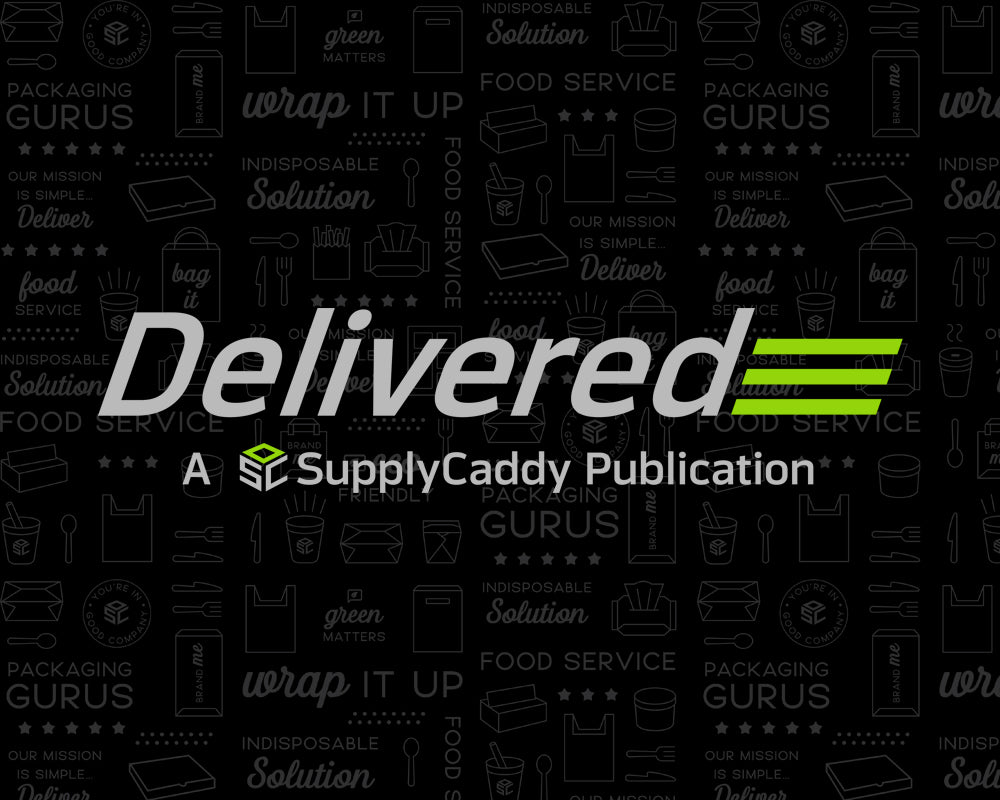Have you ever noticed a subtle change in your favorite restaurant’s menu prices and wondered how it might affect your overall dining experience? Well, you’re not alone! In this blog post, we will dive into the intriguing restaurant economics to unravel the mysteries behind those occasional price hikes and their potential impact on customer lifetime value.
How Do Restaurant Price Hikes Affect Customer Lifetime Value?
Running a restaurant is getting more expensive because the prices of ingredients, labor, and rent keep increasing. It’s a tough time for restaurant owners to figure out their way through the complicated financial situation; many businesses are raising their prices. The correlation between this upward price trajectory and a subsequent boost in same-store sales is undeniable, but it’s akin to walking a tightrope. How do these price hikes affect the frequency of customer visits, especially those cherished high-value patrons who adorn the badge of loyalty members?
As the culinary world grapples with these questions, data from Black Box Intelligence sheds light on the current state of affairs. Quick-service restaurants, in particular, witnessed a commendable 3.8% surge in same-store sales in November 2023, a testament to the industry’s resilience. However, the growth in pricing has hit a plateau in recent months, prompting a sobering realization among restaurateurs that prices cannot ascend endlessly. When prices go up, fewer people usually come around. That’s the basic idea behind price elasticity in economics. This dichotomy is exemplified in the Black Box Intelligence study, revealing a 4.3% average check increase juxtaposed with a 0.5% dip in traffic.
The big question is: How much can prices increase before it hurts business and puts our long-term success at risk? While the knee-jerk reaction might scrutinize sales figures, the real crux lies in understanding how price hikes alter customer behavior. This is where the spotlight shifts to the frequency of guests, emphasizing the stalwarts of the dining community—the loyal members.
Loyalty programs, hailed as a panacea for customer retention, often fall prey to the pitfalls of misleading metrics. Metrics like “frequency of non-members vs. members” can be deceptive due to inherent selection bias. After all, loyalty members are, by definition, the regulars, making them predisposed to frequent visits. To truly gauge the impact of price increases, operators need to delve deeper and unveil the secrets of customer frequency.
At the heart of this analysis lies the concept of engaged customers, defined as those who have made at least three purchases, including one in the last 90 days. By isolating this cohort, the analysis becomes immune to the distortions introduced by new location openings or long-tenured programs with a high churn rate. Seasonality and macroeconomic factors will always be in play, but isolating engaged customers provides a more controlled environment to discern changes in guest frequency.
The pricing and customer behavior intensify when the spotlight shifts to the Average Monthly Value (AMV). Unlike simplistic frequency and average checks analyses, AMV encapsulates the relationship between the two in a single metric. It measures the average monthly spend of engaged customers, providing insights into how much revenue these loyal customers contribute monthly. Essentially, the involved member’s average check is multiplied by their average monthly frequency.
Does Increasing Prices Inevitably Lead To a Decline in Frequency?
It’s essential to look at how often something happens and how it relates to the average amount. If the AMV is on the rise, even with a dip in frequency, it suggests a positive impact on guest behavior. Conversely, a decline in AMV signals that price increases might deter customers from their usual patterns, a shift that warrants immediate attention.
Recognizing the gravity of this shift, restaurants are advised to take proactive measures beyond mere price reductions. Since a substantial portion of revenue (60-70%) stems from a fraction of customers, the focus should be on engaging this vital demographic. Encouraging and rewarding specific desired behaviors, constantly evolving loyalty programs, utilizing stored value to secure member spending in advance, and conducting A/B tests on targeted campaigns are among the strategies recommended by Thanx.
The assessment of average monthly value transcends the binary analysis of frequency and spend lift. It provides a holistic understanding of how often engaged customers visit and how much they spend on average. Moreover, it serves as a compass for gauging the health of engaged customers, offering invaluable contextual data for shaping the next pricing move. In running a restaurant, the key player is the Average Monthly Value. It’s like the star of the show, helping you figure out if your loyalty program is doing well or not. Every move of this restaurant management matters, and the AVM reveals whether your efforts are successful.
In the food business, finding the right mix of pricing and keeping customers happy is like walking a tightrope. It’s a constant search for the sweet spot. Success isn’t just about making money now; it’s also about building lasting relationships with customers who feel at home in their favorite restaurants.
Wrap Success With Us This 2024
As the culinary space evolves, so does the challenge of maintaining customer satisfaction amidst restaurant price hikes. At SupplyCaddy, we understand the crucial role packaging and disposables play in shaping the dining experience. Our commitment to the food service industry spans the globe, offering top-tier products that align with your commitment to quality, such as paper products, dinnerware, and cups and lids.
Explore the dynamics of customer lifetime value in the face of shifting pricing strategies and empower your business with the right tools to navigate these challenges. Connect with us at hello@supplycaddy.com to elevate your packaging and disposables game, ensuring your customers stay delighted while your bottom line thrives.


